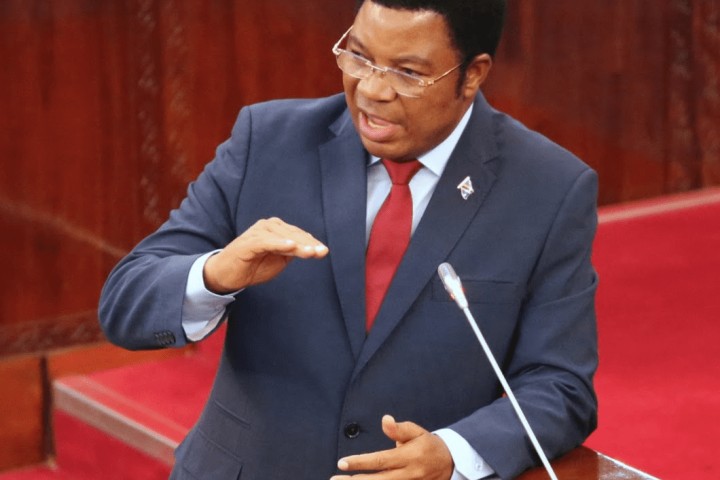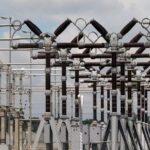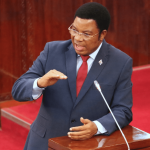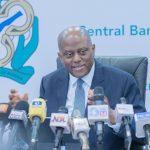In a bid to crush the soaring inflation scourge in the United States, the Federal Reserve has just made its biggest rate hike since 2000 with a half percentage point increase.
Noting more increases “will be appropriate,” the US central bank’s policy-setting Federal Open Market Committee (FOMC) had to push the rate above 0.75 percent as it seems to be the only coolant for the economy.
Join our WhatsApp ChannelGoing forward, the recent interest rate increase shall raise the costs of all types of borrowing – from mortgages to credit cards to car loans, cooling demand and business activity.
Inflation has become an overriding concern after the world’s largest economy saw annual consumer prices jump 8.5 percent over the 12 months to March — the biggest jump since December 1981.
Policymakers continue to believe inflation will gradually return to the Fed’s two-percent target as it raises borrowing costs, but in a statement following the conclusion of its two-day meeting, the FOMC said it will be “highly attentive to inflation risks.”
The Fed’s goal is to engineer a “soft landing” in which it reins in inflation while avoiding a contraction in economic activity.
But with China’s pandemic lockdowns worsening global supply snarls and the war in Ukraine pushing commodity prices higher, analysts fear factors beyond the central bank’s control could undermine that goal, and perhaps plunge the US economy into a recession.
The committee noted the “highly uncertain” impact of Russia’s invasion of Ukraine and Western sanctions on Moscow, which are “creating additional upward pressure on inflation and are likely to weigh on economic activity.”
In addition, Covid lockdowns in China “are likely to exacerbate supply chain disruptions,” the statement said.
Though it contracted in the first quarter, Fed officials have said they view the economy as healthy enough to withstand higher rates, and the FOMC statement noted robust job gains and strong household and business spending.
However, central bankers cannot engineer a solution for the worker shortages that have challenged businesses and raised ears of a wage-price spiral, when employees demand higher salaries and fuel price increases.
On Wednesday, payroll services firm, ADP, reported private employers added a weaker-than-expected 247,000 workers in April, a sign that companies are struggling to find available labor, while government data released Tuesday showed there are nearly two openings for every job seeker.
The FOMC also said it would begin reducing its massive bond holdings starting June 1, beginning at the pace of $47.5 billion a month, and then doubling after three months.
The decision was widely expected and many economists believe the FOMC will again hike rates by a half-point in June, though Ian Shepherdson of Pantheon Economics said, “it’s not a done deal,” and it’s even more difficult to say what might happen later in the year.
“We think all bets are off, given the likelihood of a steep, sustained drop in inflation, a clear softening in manufacturing, and a meltdown in housing market activity,” he wrote in an analysis of the meeting.

















Follow Us